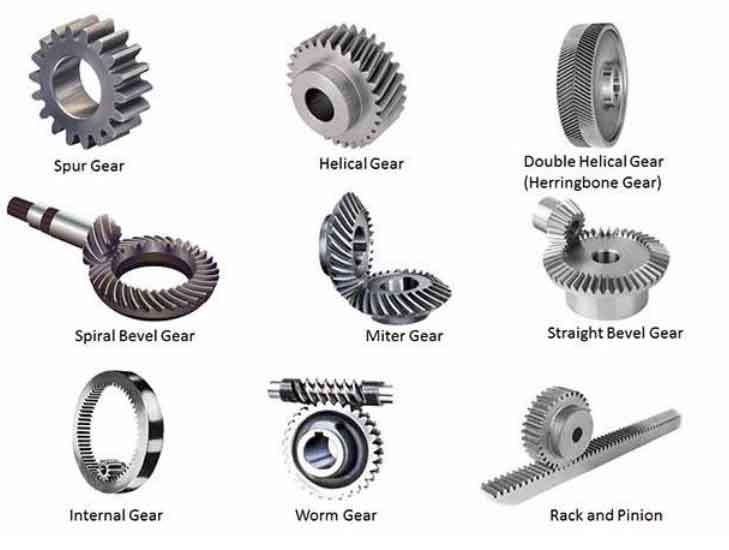
Spiral gears and internal gears are two types of gears used in various mechanical systems. While they both serve the purpose of transmitting torque and motion between rotating shafts, they have some key differences in their design and applications.
Spiral Gears:
Spiral gears, also known as helical gears, have teeth that are cut at an angle to the gear’s axis. This angle creates a helical shape along the gear’s surface, which allows for smooth engagement and operation. The teeth on spiral gears gradually come into contact with each other, resulting in a gradual transfer of force and reduced noise compared to other gear types.
Advantages of Spiral Gears:
- Quiet operation: The gradual engagement of teeth helps in reducing noise and vibrations during gear operation.
- High load-carrying capacity: Spiral gears have more teeth in contact at any given time, which enables them to handle higher loads.
- Smooth and efficient power transmission: The helical shape provides a smooth transfer of power with less chance of shock loading.
- Higher speeds: Spiral gears can operate at higher rotational speeds due to their improved tooth engagement and reduced vibration.
Disadvantages of Spiral Gears:
- Axial thrust: Spiral gears generate an axial thrust force along the gear axis, which needs to be counteracted using thrust bearings or other means.
- Complex manufacturing: The helical shape of spiral gears requires more intricate manufacturing processes compared to other gear types.
Internal Gears:
Internal gears, as the name suggests, have teeth on the inside of the gear instead of the outside. They are designed to mesh with external gears of larger diameter. Internal gears are often used in applications where space is limited or where a compact design is desired.
Advantages of Internal Gears:
- Compact design: Internal gears allow for a more compact arrangement of gears compared to external gears.
- Increased contact ratio: Internal gears typically have a larger contact ratio, meaning more teeth are in contact at any given time, resulting in improved load distribution and higher torque transmission.
- Lower sliding speed: Internal gears have lower sliding speeds compared to external gears, reducing wear and extending their lifespan.
- Improved lubrication: The meshing action of internal gears promotes better lubrication distribution, leading to reduced wear and improved efficiency.
Disadvantages of Internal Gears:
- Limited availability: Internal gears are not as commonly used as external gears, which means they may be more challenging to find or manufacture in certain sizes and configurations.
- Reduced tooth strength: Internal gears generally have lower tooth strength compared to external gears due to their design, making them less suitable for high-load applications.
- Manufacturing complexity: The internal gear’s design often requires more complex manufacturing processes compared to external gears.
Spiral gears are known for their smooth operation, high load-carrying capacity, and quietness, while internal gears offer compact designs, improved load distribution, and better lubrication. The choice between spiral gears and internal gears depends on the specific requirements of the application, such as space constraints, load capacity, and operating conditions.
